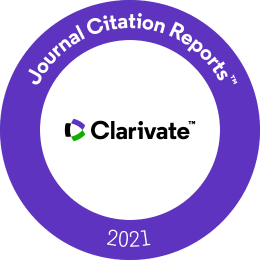Title
Basic directions for forming perspective forms of agricultural integration
Abstract
The article discusses the formation of regional food sub-complexes at the present stage. The continuity of the processes of expanded reproduction along the entire technological chain “production - processing - sales of final products” is justified in order to stabilize agro-industrial production and increase its competitiveness. The agro-industrial complex in developing countries does not yet ensure food independence, full competition in the food market with manufacturers from more developed countries, and the satisfaction of consumer demand in domestic products, which indicates its low efficiency and the need to increase competitiveness based on its structural adjustment. The global financial crisis creates the prerequisites and creates an objective need to develop priority areas for overcoming it based on the formation of effective market structures and mechanisms with effective state management of the economy through economic leverage. To do this, we should use the internal factors of stabilization and growth in the agro-industrial complex itself: they fully include structural transformations within the framework of integrating agro-industrial sectors into a single reproductive cycle. At the same time, the purpose of agro-industrial specialization of production is to create conditions for increasing the competitiveness of industries on the basis of increasing production volumes, reducing costs, increasing labor productivity, product quality, solving social problems, which has recently been reflected in the implementation of the priority national project “Development of the agro-industrial complex”.
Keywords
food subcomplex, integration, cooperation, competitiveness, efficiency, economic growth
JEL classifications
Q16 , Q18
URI
http://jssidoi.org/jesi/article/664
DOI
Pages
960-971
This is an open access issue and all published articles are licensed under a
Creative Commons Attribution 4.0 International License














 RSS 1.0
RSS 1.0
